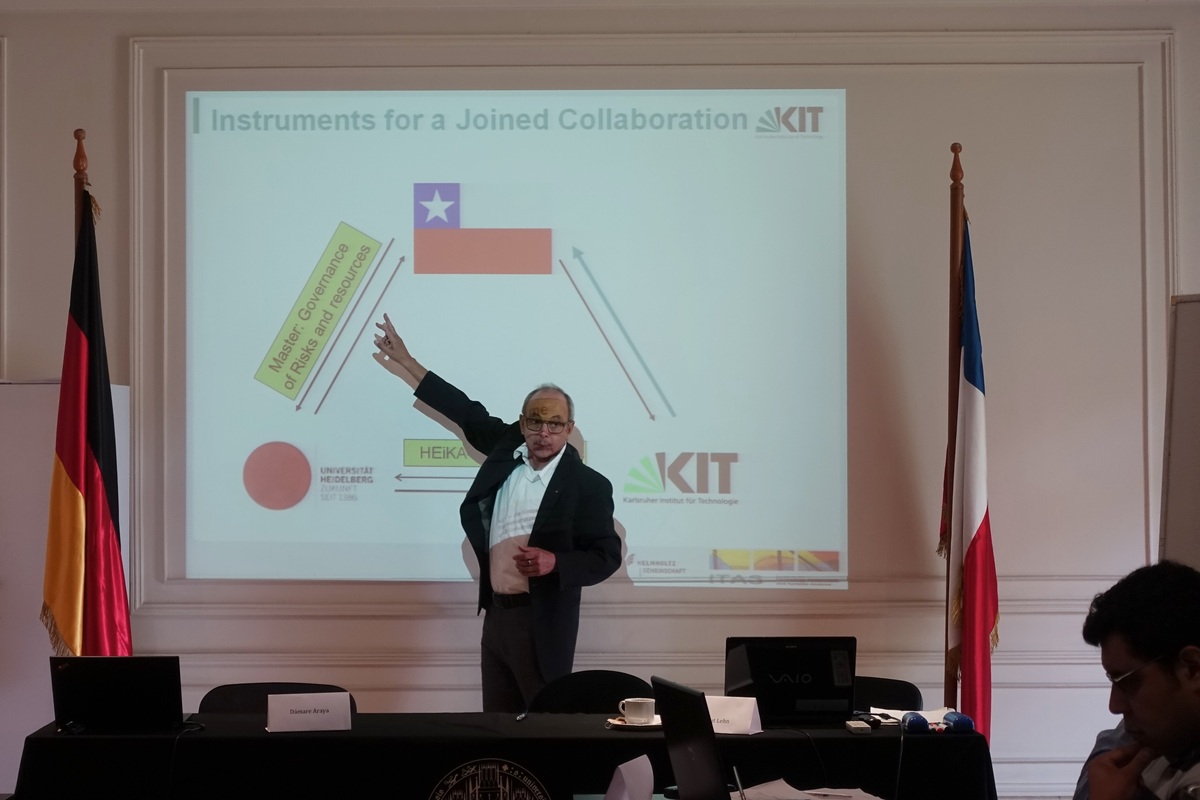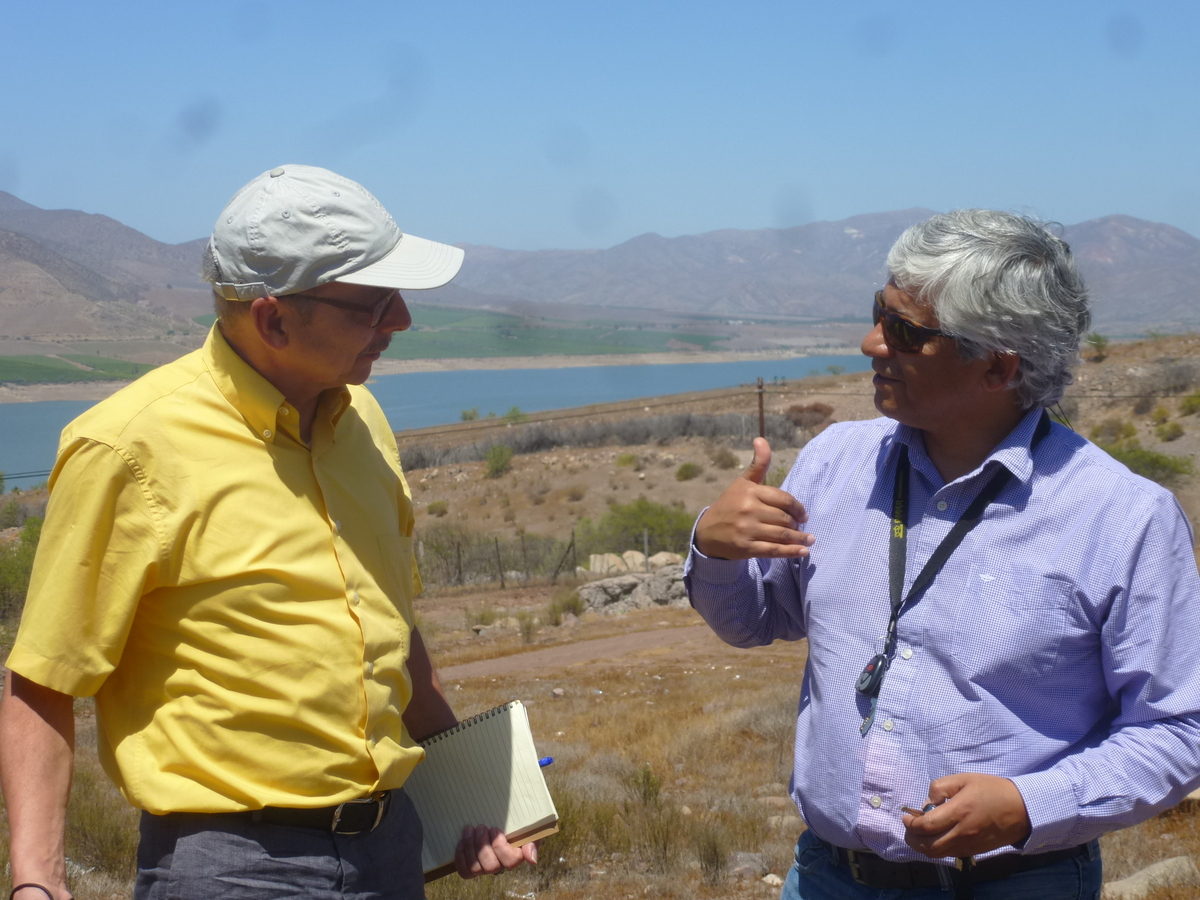German-Chilean co-operation on the water-energy nexus
Even in the metropolitan area of Santiago de Chile, with approximately 7 million inhabitants accommodating about 40 percent of the Chilean population, the agricultural sector is using more than 70 percent of the water resources for irrigation. This share is still higher in some of the desert-like arid regions in the North and even in the country’s more humid South agriculture more and more has to resort to artificial irrigation as a consequence of the climate change. In view of the growing demand and a trend towards shrinking resources, a more effective use of water in agriculture is becoming increasingly relevant. But technologies like drip irrigation also require more electric energy than traditional gravity irrigation. Therefore the fact that water is also an important element in the Chilean electricity production aggravates the situation.
From now on, a Chilean-German research network co-initiated by ITAS member Helmut Lehn shall deal with approaches for a sustainable management of the water-energy nexus in the Andean country. From November 2016 to January 2017, Helmut Lehn stayed in Chile to gather information about the current state of agricultural research at the interface between water and energy. He benefited from a research fellowship of the Heidelberg Center for Latin America (HCLA) at Heidelberg University and established closer relations between the Chilean experts in this field and scientist at KIT and Heidelberg University. In addition to his teaching activities at the HCLA, he also visited several of the country’s university and non-university institution, among others the Ministry of Energy, as well as the universities in Ovalle and La Serana, Temuco, Concepción, and the two large universities in Santiago.
At the end of his stay, HCLA experts from the universities he visited met for a workshop at the beginning of January to discuss a technical and strategical agenda and select the persons in charge in both countries. As a first “bridge” between the institutions, an HCLA graduate will be granted a German-Chilean scholarship in 2017 to work on her doctoral thesis at KIT and research the water-energy nexus together with two other Ph.D. students at ITAS. (10.02.2017)
Further links
- Web page of the Heidelberg Center for Latin America (HCLA)



